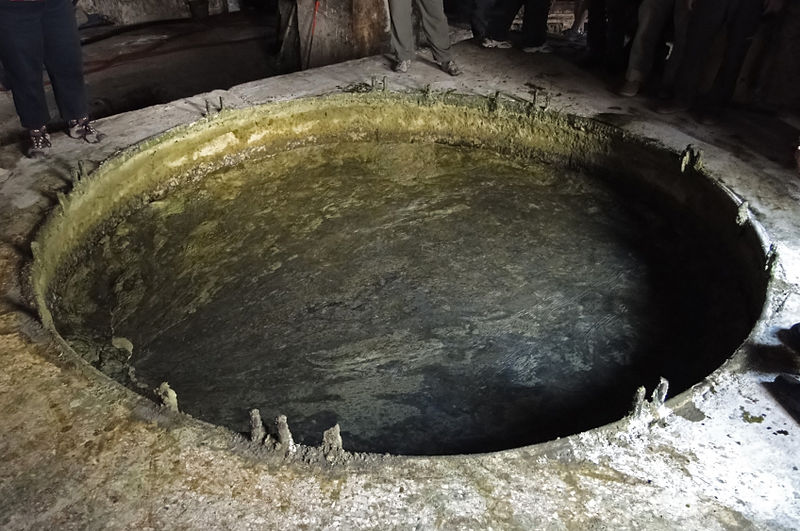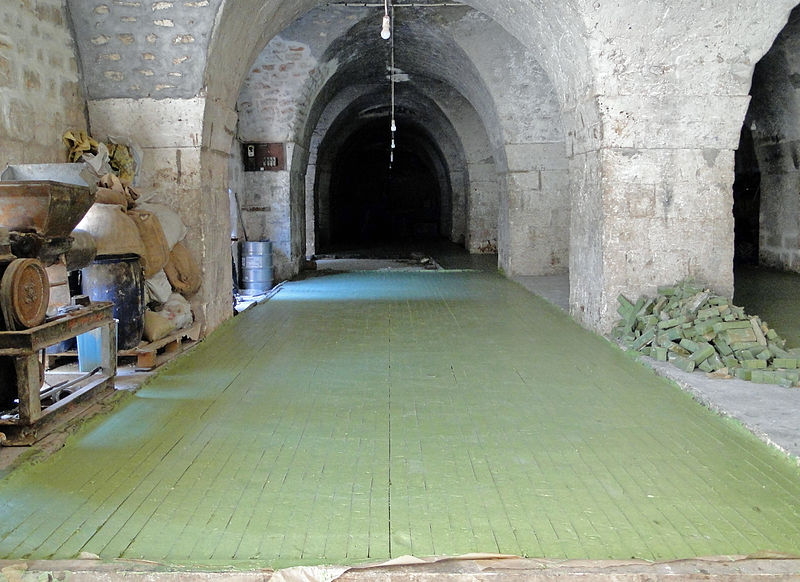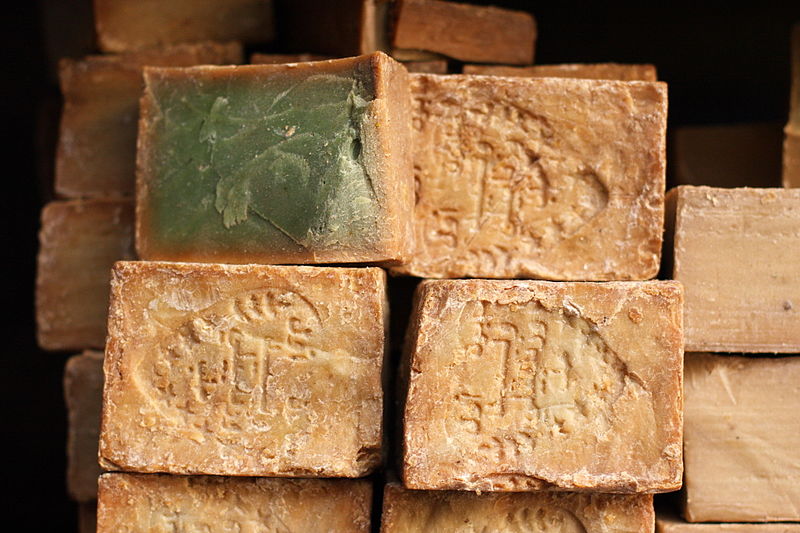I have a hard time conceptualizing the numbers of people that are suffering in Aleppo. And the various factions and countries and history and strategies and politics involved are, for many of us, difficult to understand.
So I wanted to find a point of connection other than basic humanity. Something more personal than what we see on the news between stories about U.S. politics. And I found Aleppo soap.
Aleppo, in Syria, is one of the oldest continually inhabited cities in the world, possibly for the last 8,000 years. Aleppo was part of the ancient trading route, known as the Silk Road. They also created what is believed to be the first soap ever made. That soap was introduced to Europe in the 11th century when participants in the Crusades brought the soap home with them.
Today, many artisans in Aleppo still use recipes that have been around for centuries. Aleppo soap is, and always has been, natural, organic, biodegradable and locally sourced.
True Aleppo soap is made with olive oil, sodium hydroxide and laurel oil. That’s it. The olive oil moisturizes, while the laurel oil is a cleanser with antibiotic, anti-fungal and anti-itch properties. It’s gentle enough to use on babies, or if you have sensitive skin, and is said to heal many skin issues.

Vat of Aleppo soap at the Al-Jebeili factory, Aleppo, Syria. Photo by Bernard Gagnon via Wikimedia Commons.
To make Aleppo soap, they boil the olive oil and sodium hydroxide for three days, then add the laurel oil. They pour that green mixture over a factory floor covered with wax paper. As it solidifies, they use a rake-like device and cut the soap into cubes, which are individually stamped with the maker’s mark. Those cubes are then stacked in a subterranean chamber in a way that allows for maximum air exposure. The cubes are allowed to cure for at least six months, although the longer the cubes are cured, the harder and longer-lasting they become.

Aleppo soap at the Al-Jebeili factory, Aleppo, Syria. Photo by Bernard Gagnon via Wikimedia Commons.
The green color comes from the laurel oil and you can tell a lot about your particular bar of soap by the color. The amount of laurel oil can vary from 2-40%, with the price of the soap increasing as the percentage rises. The soap changes color as it dries, but that color depends upon the percentage of laurel oil. Less laurel oil makes for a more yellow bar, and a bar that is brown has a higher percentage. In all cases, the inside will still be green because it has not been exposed to the air.
Now, after about a thousand years, we may soon see the end of true Aleppo soap. Many of the established soap makers have had to leave Aleppo for their safety. For any that remain, there are other problems. Although the olive groves remain, they don’t always have the labor available to pick the olives and process the oil. They now have to get their laurel oil from Turkey rather than locally. Prices for everything involved in the process have skyrocketed, as have prices for everything involved in basic survival. Stores in Aleppo have closed and many of the distribution routes to export their product have been cut off. Even if the artisans have relocated to Damascus or Beirut, is it still Aleppo soap if it’s not made in Aleppo with the local products?
There is also the problem of fake Aleppo soap. Some people call their product Aleppo soap even though they have added chemicals and have mass produced the soap. If a bar of soap only costs a couple of bucks, it’s probably not real. Also, unlike most soaps, the real stuff floats in water. This lack of standards could sink the industry before Aleppo has a chance to heal and restart their businesses.
You can find articles on the internet that will let you know how you can help the relief efforts in Aleppo. One organization is the Karam Foundation. You can donate money at that site, and it also has a store called Scents of Syria where you can purchase Aleppo soap.
So yes, Syria is a disaster at the moment, and I’m certainly not going to claim to know how to fix it. I just hope that this has helped to personalize the situation for you a little. When you hear about the people of Aleppo, I want you to be able to see them as individuals. Of course they are not all soap artists, but maybe this will help you to realize that they are also not just numbers and statistics.

